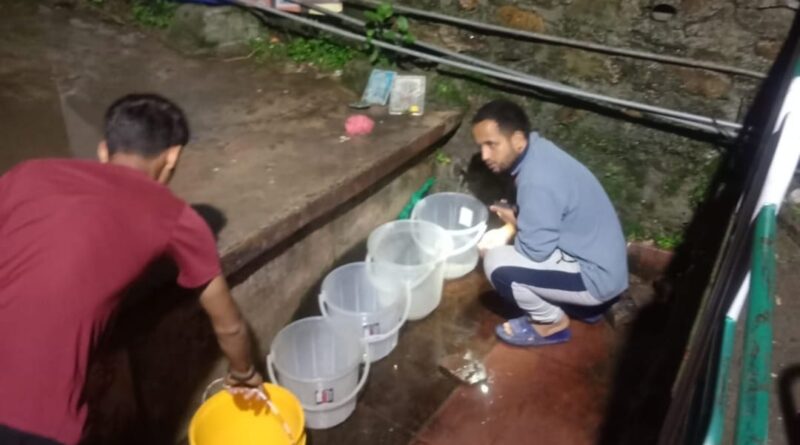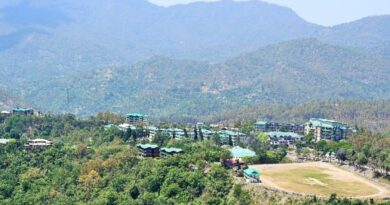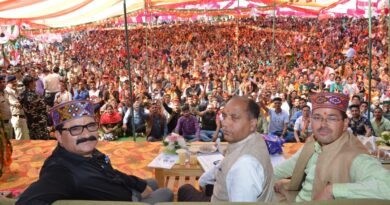Shimla’s Ongoing Struggle with Water Management
Shimla, the enchanting hill station nestled in the Himalayas, finds itself once again on the brink of a water crisis as its perennial water sources gradually diminish with the advent of summer. Mr. PP Sharma, the executive engineer of SJPNL, reveals that the town’s demand for water stands at a staggering 45 million litres per day (MLD), while the current supply falls short, hovering around 41 MLD.
In response to this impending challenge, the Shimla Jal Prabhandan Nigam Ltd has unveiled a revamped water supply schedule across six zones, reducing the frequency from seven days to six days a week. This strategic adjustment aims to ensure a fair and balanced distribution of water, especially with the anticipated surge in tourist arrivals during the summer season.
However, officials remain cautiously optimistic, acknowledging that a return to the seven-day schedule hinges on the unpredictable patterns of rainfall. With Shimla’s population exceeding 1.71 lakh and daily water consumption fluctuating between 41 MLD and 45 MLD, the looming crisis threatens to disrupt not only daily life but also the city’s thriving tourism industry, which serves as its economic backbone.
Mayor Surinder Chauhan remains hopeful, expressing confidence in a potential recovery if Shimla experiences a much-needed deluge. Simultaneously, concerted efforts are underway to combat water pilferage and address leakages, crucial steps in conserving this invaluable resource and ensuring its equitable distribution among residents and businesses alike.
Shimla’s water infrastructure is divided into two crucial divisions, The Ridge and Sanjauli, each encompassing vital zones essential for meeting the city’s burgeoning water demands. The memory of the 2018 water crisis, which garnered nationwide attention and sparked widespread protests, continues to serve as a poignant reminder of the urgent need for proactive measures to manage water resources effectively.
In response to past crises, SJPNL implemented a 10% increase in water supply rates in January 2023, underscoring the pressing need to fortify infrastructure and implement robust management strategies. Despite encountering setbacks, such as delays in executing the proposed Rs 850 crore World Bank-funded Water Supply project aimed at tapping into alternative water sources like Sunni, Shimla remains steadfast in its resolve to overcome the challenges posed by water scarcity through innovation, resilience, and collective action.



I am not sure that the department is looking after or concerned about water pilferage. I myself reported a major water leakage atleast 3-4 times however it still persists even after a month.
More awareness is required in the people of Shimla with regards to water management.